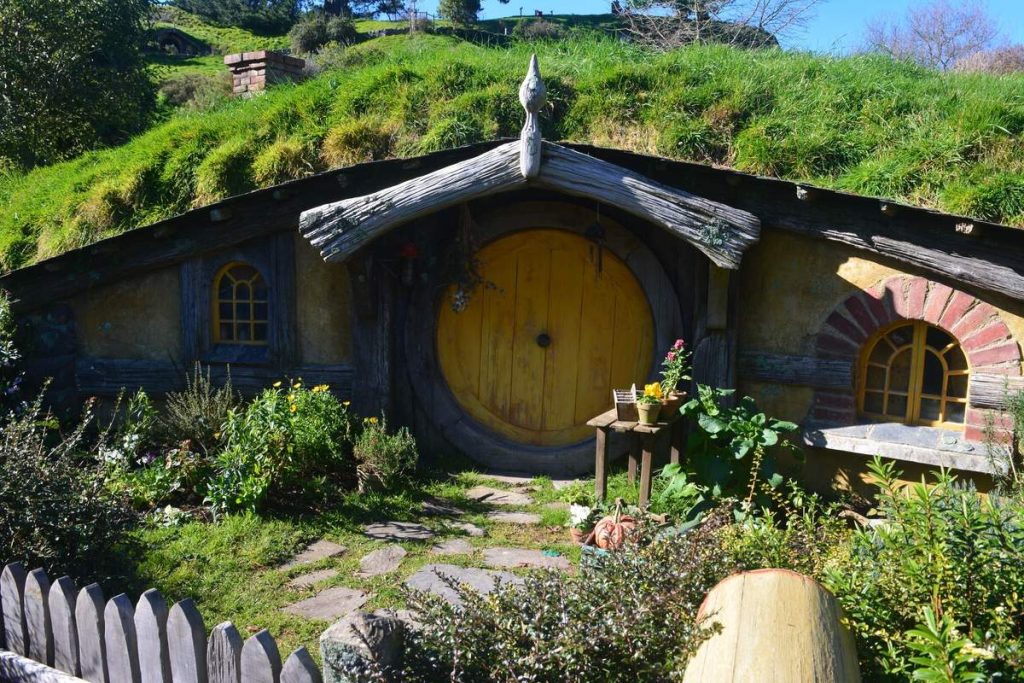Imagine stepping back into a time where whispers in the dark and the faint flicker of lanterns through the night signaled a journey to freedom. National Underground America Day, celebrated on May 14, throws us into the heart of such a historical odyssey, honoring the Underground Railroad's pivotal role in American history. This wasn't your typical railroad with trains and tracks but a lifeline for enslaved African Americans seeking liberty before the Civil War. With a network so vast, it stretched from the deep South all the way to Canada and Mexico, involving a diverse cast of characters from enslaved individuals to free African Americans, Quakers, and abolitionists. Initiated in 2015 by the National Underground Railroad Freedom Center in Cincinnati, Ohio, this day isn't just about looking back; it's a call to recognize the courage, resilience, and enduring fight for freedom and equality. As lanterns once guided the way to freedom, this commemoration illuminates the significance of these brave souls and their journey, urging us to reflect on our ongoing quest for justice and human rights.
Key Takeaway
Timeline
Day Activities
-
Morning Reflections: Kick off National Underground America Day with a moment of silence to honor the brave souls who sought freedom and those who aided their journey. Schools and communities often host reflective sessions, diving into discussions about the resilience and courage it took to navigate such perilous paths to liberty.
-
Educational Excursions: Midday activities typically include guided tours of historical sites and museums dedicated to the Underground Railroad. These excursions offer a tangible connection to the past, allowing participants to walk in the footsteps of heroes, understanding the complexities and dangers they faced.
-
Evening Celebrations: Cap off the day with community gatherings or virtual events featuring storytelling, music, and presentations by historians. These celebrations serve as a reminder of the enduring spirit of freedom and the ongoing fight for equality, inspiring future generations to carry the torch of justice.
Why We Love This Day
-
Celebrating bravery and resilience: National Underground America Day shines a spotlight on the incredible courage of enslaved African Americans who sought freedom and those who aided their journey. This day serves as a powerful reminder of the strength and determination that drove hundreds to risk everything for a chance at liberty. Through their stories, we're inspired to stand up for what's right and to fight against injustice in all its forms.
-
Educational opportunities abound: On May 14, educators and communities get a golden opportunity to dive deep into a pivotal chapter of American history. Schools and local organizations often host events, workshops, and discussions that bring to life the stories and strategies of the Underground Railroad. It's a chance for young and old alike to learn about this critical network of escape routes and safe houses, understanding its complexity and the collaborative effort it took to operate such a system.
-
A call to action for equality: Observing National Underground America Day isn't just about looking back; it's a nudge to reflect on the ongoing struggles for freedom and equality. It reminds us that the fight against oppression and for human rights is far from over. By commemorating this day, we renew our commitment to promoting justice and equality, recognizing that every small action contributes to a larger movement towards a more equitable society.
Past & Future Dates
| Month | Day | Year |
|---|---|---|
| MAY | 14 | 2022 |
| MAY | 14 | 2023 |
| MAY | 14 | 2024 |
| MAY | 14 | 2025 |
| MAY | 14 | 2026 |
| MAY | 14 | 2027 |
| MAY | 14 | 2028 |
FAQ
What is National Underground America Day?
National Underground America Day falls on May 14th. It's specially earmarked to celebrate the unique lifestyle of approximately 6,000 North Americans who live beneath the surface of the earth. Architect Malcolm Wells kicked off this intriguing tradition in 1974, showcasing a blend of innovation and eco-conscious living.
What is Underground America?
Underground America refers not to a literal subterranean community, but to a compelling collection featured in the Voice of Witness series. This book compiles vivid oral histories from individuals across the U.S.A., capturing their journeys and challenges in seeking stability and forging paths in a new land.
